Contributor: Daniela Haldenwang, Marketing & Communications, Rotating Equipment Services, Sulzer
New technologies reducing lead times for spare parts
Recent advances in the design and manufacture of spare parts have led to a significant reduction in the time taken to create replacement components for breakdown situations or for those that have reached the end of their service life. Digitalization and new manufacturing techniques have paved the way for a dramatic improvement in lead times.
Pharic Smith, Head of Engineering, Parts Retrofit and Siegbert Hardock, Head of Tendering, Parts Retrofit for Sulzer, look at what can be achieved today.
Important assets such as pumps, compressors, expanders and turbines are designed to offer a long service life, but at some point, new parts will be required to maintain reliable operation. In some cases, the original equipment manufacturer (OEM) will be able to support the equipment, but in others, it may be necessary to source the parts from a third party.
The durability of such equipment means that decades may have passed since the machine was originally manufactured and this can lead to additional challenges when spare parts are required. For some, the OEM may no longer be in business, while for others, the lead time on a new OEM part may be more than expected.
Best of both worlds
Fortunately, the technology used in modern parts manufacturing has come a long way during the past few decades. The introduction of computer numeric control (CNC) has delivered considerable improvements in machining precision, along with the advent of 3-dimensional (3D) drawings.
More recent innovations such as additive manufacturing and hybrid manufacturing have led to huge time savings when creating casting molds as well the components themselves. Maintenance engineers who are looking for new components suddenly have a glut of solutions that can deliver parts in record time.
In many cases, the original engineering drawings for a component will not be available, which means the part will have to be reverse engineered. Depending on the complexity of the part, this can require hundreds or thousands of measurements to be taken and used to create the drawing for a new part.
Thanks to the latest in 3D laser scanning equipment, a new drawing for a complex object, such as a pump impeller, can be created in a matter of minutes. Better still, improvements can be made to the original design; upgrading materials, applying modern coatings or improving efficiency by applying computational fluid dynamics (CFD) to optimize performance and durability.
Breaking the mold
Larger components are often created by pouring molten metal into a sand mold, which would traditionally have been made using a wooden template. Today, the 3D computer aided design (CAD) can be used with a 3D sand printer to rapidly build a mold that incorporates vents that are positioned to optimize the escape of gases from the mold, ensuring optimum quality of the base material.
An alternative mold making process is to use a multi-axis CNC robot milling tool to create a precision mold from a solid block of sand. This process takes just a few hours, as opposed to a few weeks that would be required to create a traditional wooden pattern. Using the latest technology, lead times can be drastically reduced, especially when the various aspects of the process are well connected, or better, all on the same site.
Having created the basic component, the machine shop needs to apply the precision finish using CNC lathes, milling tools and grinders to deliver the final dimensions and surface finish. These can be optimized for the application and ensure a perfect fit when it comes to reassembly.
Rebuilding and renewing
In situations where parts have become worn or eroded, it may not be necessary to create a completely new component. Hybrid engineering, which combines additive manufacturing and precision machining, can be used to rebuild existing parts back to their original dimensions.
Processes such as laser metal deposition can be used to add material that has an excellent bond but with minimal heat build-up, reducing stress within the component. The final dimensions are then achieved through multi-axis CNC machine tools before the quality control checks are completed.
Every parts manufacturer should have extensive testing facilities including non-destructive testing (NDT), material analysis, chemical analysis and heat treatment reports. These are crucial in determining the exact specifications of the new component and ensuring that they meet the required standards.
Local specialist engineering
Investing in the technology and machinery that is necessary to deliver precision new parts is just the first step. Delivering this service requires a global network of service centers, capable of understanding the intricacies of each project and communicating directly with the specialist parts manufacturing centers. Sulzer has developed just such a network, along with the expertise and knowledge to deliver high quality new parts quickly.
About Sulzer:
Sulzer, headquartered in Winterthur, Switzerland, since 1834, specializes in pumping solutions, services for rotating equipment, and separation, mixing, and application technology. Sulzer provides cutting-edge maintenance and service solutions for rotating equipment dedicated to improving customers’ processes and business performance. When pumps, turbines, compressors, generators, and motors are essential to operations, Sulzer offers technically advanced and innovative solutions. The company creates reliable and sustainable solutions for its markets: oil and gas, power, water, and general industry. Sulzer serves customers around the world through a network of over 180 production and service sites, and it has a strong footprint in emerging markets. In 2016, the company achieved sales of roughly CHF 2.9 billion with around 14 000 employees. www.sulzer.com
Revised pump design saves diesel margin for nuclear power plant

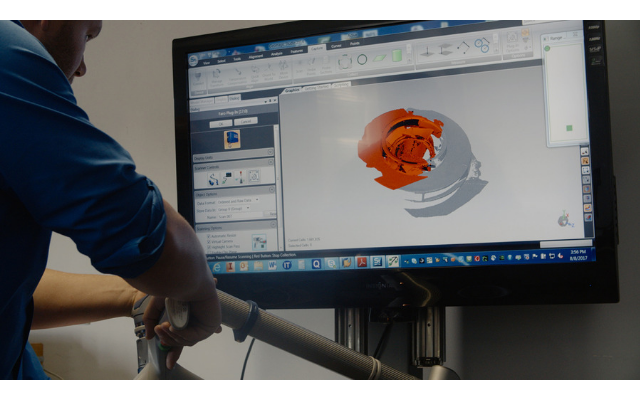

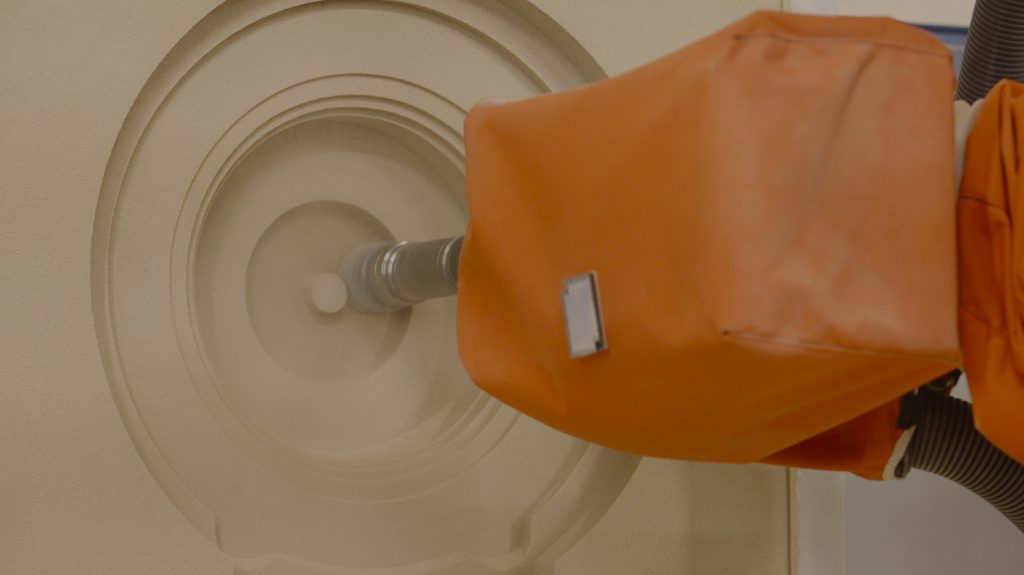
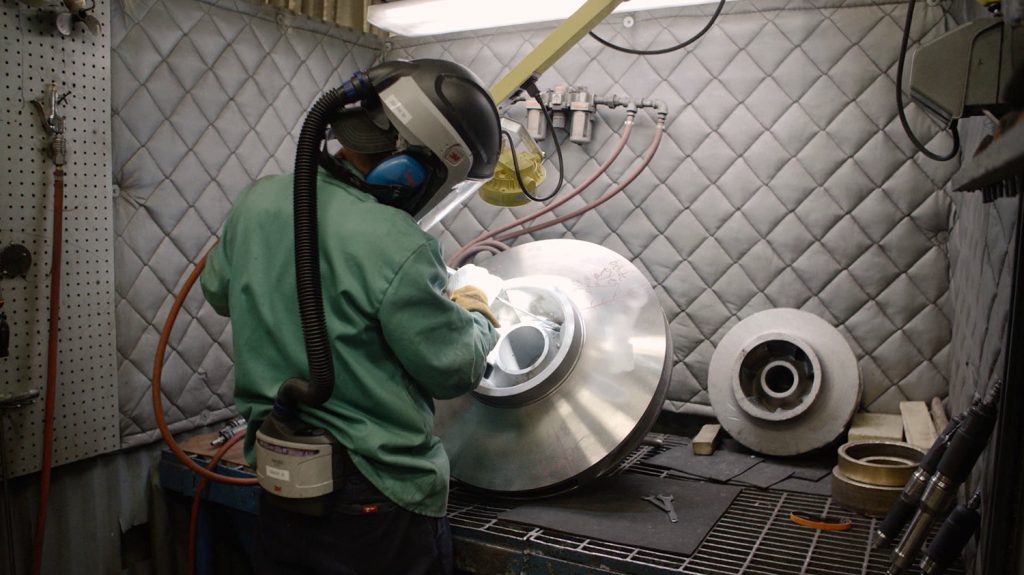
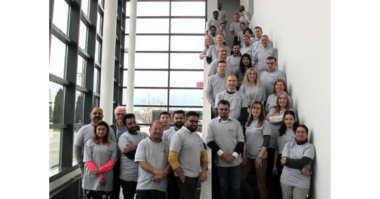
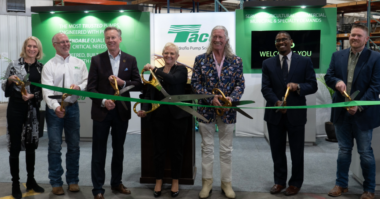
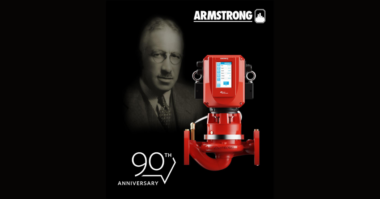
Comments